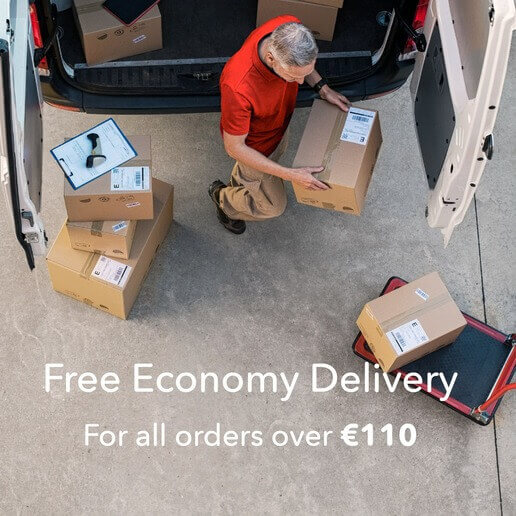What are the Different Types of Printing?

The technology used in printing is ingenious and has evolved over the last few years. But none of that means anything if you just want a booklet, some leaflets, marketing materials or business cards. Having some knowledge of printing techniques and types of printing can go some way to helping what best fits in with your needs. And the world of commercial printing isn’t as techy as it might seem.
Types of printing explained
There are three main printing processes used in commercial print:
- Offset litho printing
- Digital Printing
- Screen printing
So what’s the difference? Below we take a look at these three types of printing.
Offset Litho Printing
If it’s a high volume job, then offset litho is the best and cost-effective option. Artwork is transferred to metal plates and from there onto a rubber blanket. The inked blankets transfer that image onto the paper. The process is called offset because the ink is first transferred from plate to blanket rather than going directly on to the paper.
It’s ideal for a big run of magazines or direct mail, for example. What it’s not good for is shorter runs – it’s a costly process for small amounts because of the set up required. Creating plates and ink usage takes time – it’s not cost effective to fire up a big printing press for a handful of flyers or booklets.
And a quick explainer about high volume. We’re focusing on large print runs and quantities that can be as high as tens – or even hundreds – of thousands. The price per copy printed falls when you get into these numbers. Commercial printers tend not to do ‘return policies’ so if you print 10,000 leaflets and distribute only 1,000 then you’ll need a bigger recycling bin…
Digital Printing
When it comes to short runs, digital print is king. In the last decade print quality – not to mention run lengths – have come on leaps and bounds. The technology is at the stage where it’s almost impossible to see the difference between digital and offset litho.
In a nutshell, digital removes the plate production side. Your artwork goes from PDF straight to print. There’s no set-up cost or minimum quantity – for example, you can go from as small as nine up to 900.
Ink technology differs too. Powdered toner is behind digital machines like our market leading HP Indigo presses.
And you can be smart in how you use your data. Personal printing and customisations have helped set digital apart from its analogue alternatives. Businesses have taken full advantage of personalised marketing over the years thanks to the advances in digital print and variable data.
Screen Printing
This is aimed at artistic, fine print applications. It’s been around for over 100 years and is used for printing fabrics wood glass and signage – a good option for large format jobs.
In this process, the image is transferred to a fine mesh and areas to be left blank are covered with a substrate. The printing process involves pushing ink through the openings in the mesh onto the end material.
Get great print the easy way
When it comes to online printing, we’ve got it covered. Our HP Indigo presses can handle your custom printing needs. And on cost, cheap printing is more than doable. Check out our printing services today – we can provide the print you need and deliver it where you want it.


